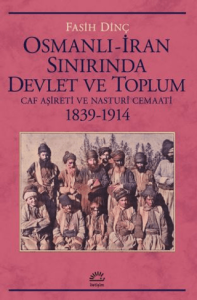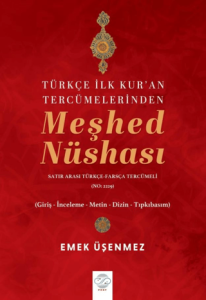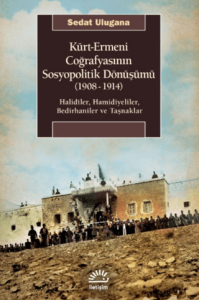
The discovery and rescue of the mosaics of Zeugma, the ancient Greco-Roman crossing point on the Euphrates, is regarded as the most important recent archaeological event. The book comprises some of the pavements on display in Gaziantep Museum, Gaziantep, Turkey.
Zeugma, like the rest of the region was destroyed by the Sassanian king Shapur I in 256, when he raided the eastern lands of the Roman empire. Although the town showed some recovery in the early Byzantine period, and still served as a crossing, this was not comparable with its ancient glory. Thus it is not surprising that while the earliest of the mosaics discovered at Zeugma dates from the late first century CE, the latest belong to the period before the destruction. Almost all of the damage seen in the recovered mosaics, especially in the parts made of glass mosaic cubes, is the result of the fire which accompanied the Sassanian sack of 256. Research has shown that the tesserae of these mosaics were mostly produced from the coloured stone collected from the banks of the Euphrates, and supplemented by glass tesserae for missing hues such as dark green, orange, or light blue.
The discovery and rescue of the mosaics of Zeugma, the ancient Greco-Roman crossing point on the Euphrates, is regarded as the most important recent archaeological event. The book comprises some of the pavements on display in Gaziantep Museum, Gaziantep, Turkey.
Zeugma, like the rest of the region was destroyed by the Sassanian king Shapur I in 256, when he raided the eastern lands of the Roman empire. Although the town showed some recovery in the early Byzantine period, and still served as a crossing, this was not comparable with its ancient glory. Thus it is not surprising that while the earliest of the mosaics discovered at Zeugma dates from the late first century CE, the latest belong to the period before the destruction. Almost all of the damage seen in the recovered mosaics, especially in the parts made of glass mosaic cubes, is the result of the fire which accompanied the Sassanian sack of 256. Research has shown that the tesserae of these mosaics were mostly produced from the coloured stone collected from the banks of the Euphrates, and supplemented by glass tesserae for missing hues such as dark green, orange, or light blue.





















